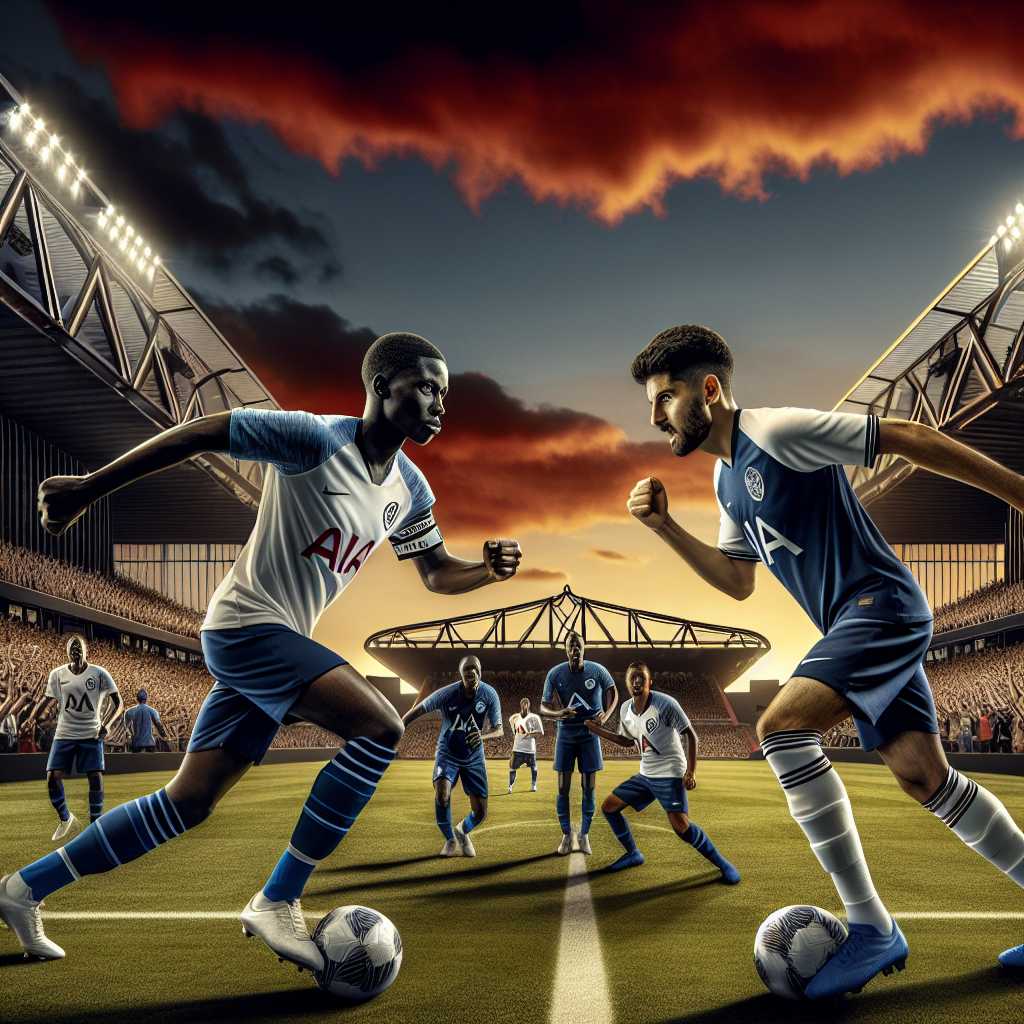The Evolution of Tottenham Hotspur Football Club: A Journey Through Time
Tottenham Hotspur Football Club, commonly known as Spurs, has traced its origin back to 1882, when a group of schoolboys led by Bobby Buckle founded the club. It has since grown into one of England’s most storied and successful football clubs. This article explores the rich history, achievements, and developments that have occurred at Tottenham Hotspur over the years.
The Formation and Early Years of Tottenham Hotspur Football Club
Initially named Hotspur Football Club after Harry Hotspur, a character from Shakespeare’s Henry IV, the club later changed its name to Tottenham Hotspur Football Club to avoid confusion with another team called London Hotspur. From these modest beginnings, the team’s ambition was evident early on.
Despite not being one of the founding members, Spurs became the only non-League club to win the FA Cup in 1901 – a remarkable achievement that set the stage for their aspirations for higher status and success. They joined the Football League in 1908 after a series of promotions and started to establish themselves within the professional ranks of English football.
The Post-War Era to Modern-Day Transformation
After the conclusion of World War II, football resumed and Tottenham saw various degrees of success. However, one of their most significant periods came during the late 1950s and 1960s under the management of Bill Nicholson.
In 1961, Tottenham achieved a historic double by winning both the League title and the FA Cup—both with attractive, attacking football that excited fans and pundits alike. The club continued to add to its trophy cabinet in subsequent decades with additional FA Cup wins, two League Cup victories in the early 1970s, and successful campaigns in European competitions including the UEFA Cup wins in 1972 and 1984.
Through partnerships, acquisitions, and management changes that ensued in the latter part of the 20th century and into the 21st century, Tottenham has sought innovation both on and off the pitch. Notably, in 2019, Spurs moved from White Hart Lane to their newly built state-of-the-art stadium, now known as Tottenham Hotspur Stadium.
Revival Under Mauricio Pochettino
In recent history, one could not overlook the influence of Mauricio Pochettino, who took charge in May 2014. His tenure at Spurs saw a period of resurgence as he developed a young and vibrant team, challenging for league titles and even reaching their first-ever UEFA Champions League Final in 2019. His philosophy of high-pressing and aggressive football earned widespread praise for reinvigorating Tottenham at a competitive level.
Current Prospects and Future Outlook
Looking forward to what lies ahead for Tottenham Hotspur FC involves discussing various factors—from emerging player talent within their ranks to strategic investments and transfers engineered by management—to ensure ongoing competitiveness in the Premier League and Europe.
The influence of prominent figures such as Harry Kane, recognized globally not just for his goal-scoring prowess but also for embodying the fighting spirit associated with Spurs, bodes well for their future prospects if they continue to retain and nurture such talent.
Investment off the pitch remains crisp, with various commercial projects undertaken by the board aimed at increasing revenue streams which would in turn be used to strengthen the squad.
Exploring The Passionate Fanbase & Community Impact
The loyalty and passion associated with Tottenham fans are considered deeply intrinsic components of what makes “Being Spurs” so unique. Fans have consistently been known for their undying support through thick and thin – an attribute certainly linked with establishing a powerful home ground atmosphere.
Moreover, Spurs contribute to more than just local fandom as they engage actively with community initiatives through foundations focusing on social aspects such as education within North London, reflecting an overarching commitment that extends far beyond mere entertainment on a soccer pitch.
Notes
Image description
Two players wearing blue and white kits emblazoned with Tottenham’s emblem compete on a lush green pitch; beneath packed stands teeming with fans donning team colors. Atop is seen ‘Tottenham Hotspur Stadium’, cutting against North London’s skyline during a vibrant sunset.
